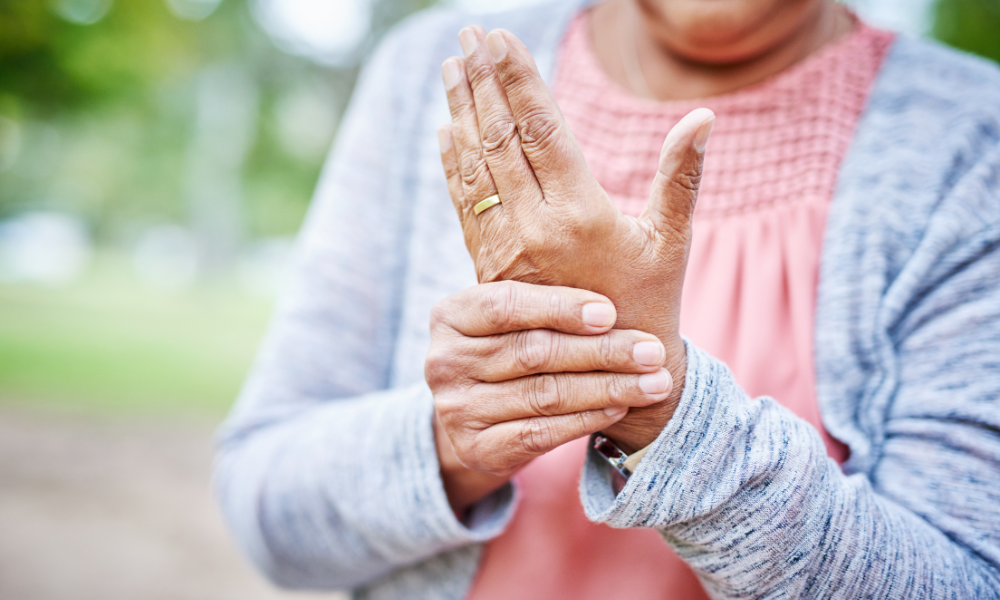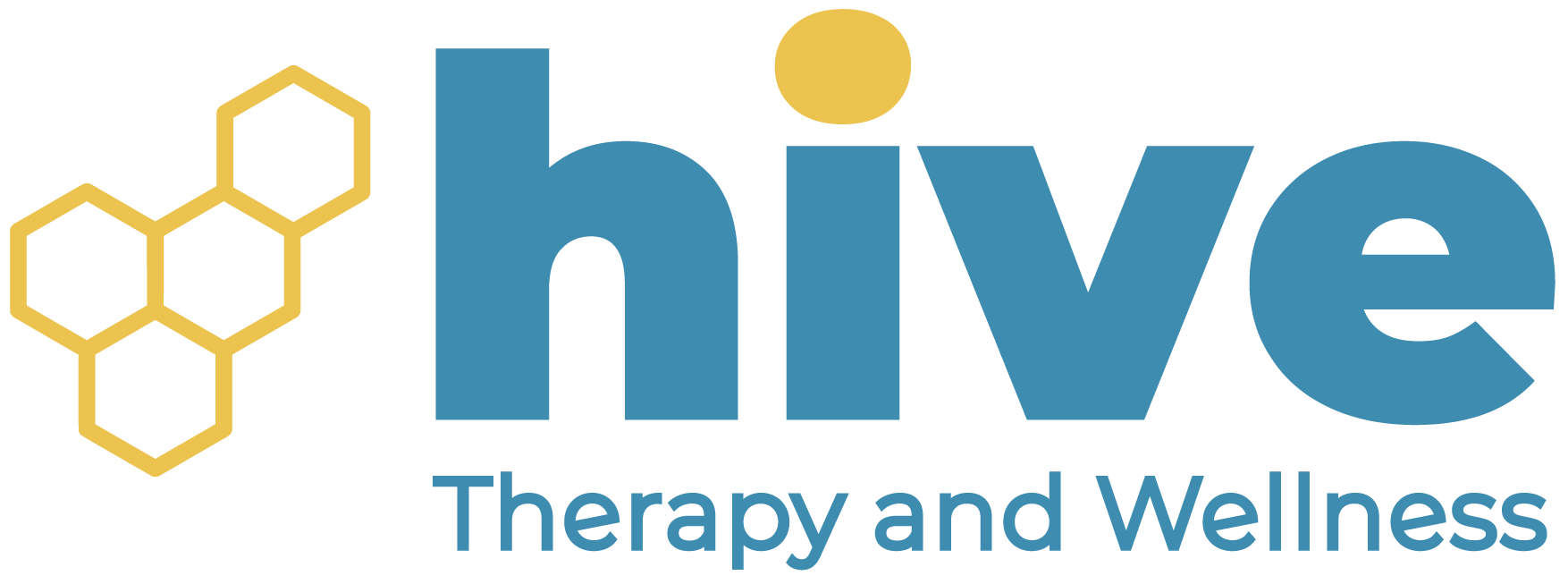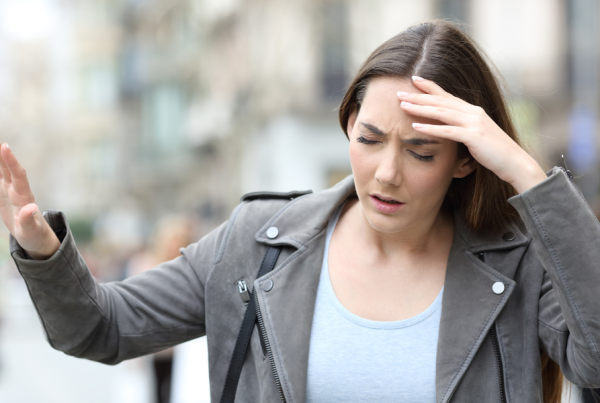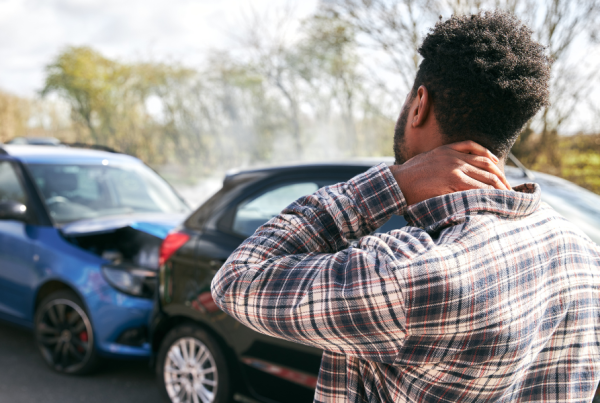Osteoarthritis
Move Better. Live Fuller. Your Wellness Journey Starts Here.
Schedule a FREE Discovery Call!
What Is Osteoarthritis?
Osteoarthritis, simply put, is the gradual wearing down of cartilage. Cartilage is a flexible protective tissue found at the ends of your bones that helps allow for smoothness and flexibility during movement.
It does this by providing lubrication and cushioning—preventing your bones from rubbing against each other. Cartilage also acts as shock absorption for the surrounding bones, cushioning them from impact or pressure from weight-bearing tasks.
As cartilage wears down, joint pain and other problems can arise. Cartilage itself does not necessarily cause pain, but losing the protection that cartilage usually provides allows bones to rub against each other and no longer have smooth movements.

Friction between the bones caused by osteoarthritis can create joint pain, joint stiffness, and the creation of bone spurs. It can cause joint damage, swelling, and loss of mobility.
Some other symptoms of osteoarthritis include:
- Popping or clicking sounds from the joint
- Stiffness after periods of low mobility (sleeping, resting)
- Low range of motion
- Aching after long periods of activity
- Joint instability or buckling
Osteoarthritis is very common in joints of the hands, neck, lower back, knees and hips. Some common types of this condition include but are not limited to: shoulder, spinal, hand, finger, hip, or knee osteoarthritis. Osteoarthritis can affect any joint, although certain joints that are used more frequently in repetitive movements or that are more susceptible to injury are more likely to develop it.
What Causes Osteoarthritis?
Osteoarthritis is caused by the natural wearing down of cartilage due to age, but some individuals are more predisposed to it. Those born female at birth are more likely to develop osteoarthritis, as well as people who have experienced past injuries. Those with rheumatoid arthritis, metabolic diseases, or who engage in repetitive motions in sports or at their jobs are more likely to develop osteoarthritis. Some individuals may be more likely to develop the condition due to musculoskeletal abnormalities or genetics.
Unfortunately, cartilage does not grow back to its original state once it wears down. Osteoarthritis can get worse over time, making everyday life more difficult. However, there are still ways to manage osteoarthritis symptoms, like utilizing physical therapy.
Physical Therapy for Osteoarthritis
The goal of using physical therapy for osteoarthritis is to improve function and reduce pain. One of the ways physical therapists can achieve this is to strengthen the muscles surrounding the joint in question. This can improve the stability, mobility, and function of the joint.
They may also prescribe exercises to improve the overall health and strength of your body. Although moving around more may sound difficult with osteoarthritis, it can help prevent stiffness, reduce pain, and maintain mobility. Your physical therapist is very knowledgeable and will only prescribe safe and achievable exercises for your unique situation.
Your physical therapist may suggest behavioral or lifestyle modifications that can slow future degradation of your joints and make your symptoms more straightforward to manage. These can be recommendations on posture, improvements in stability or balance, and other methods to lessen the effects on your joints.
Lastly, a physical therapist can provide pain-relieving treatments such as cupping or dry needling. While the previously mentioned treatment goals can reduce pain, osteoarthritis cannot be completely reversed. So, pain-relieving solutions may be necessary as a part of your long-term health care plan.
Our physical therapists at Hive Therapy and Wellness may use the following treatments to help patients better manage their osteoarthritis:
- Dry needling
- Cupping
- Manual therapy
- Spinal manipulation
- Electrical muscle stimulation
- Tissue scraping
- Exercise prescription
- Behavioral modifications
- Therapeutic modalities
- Neuromuscular re-education
- Biofeedback
- Therapeutic activity
Osteoarthritis, simply put, is the gradual wearing down of cartilage. Cartilage is a flexible protective tissue found at the ends of your bones that helps allow for smoothness and flexibility during movement.
It does this by providing lubrication and cushioning—preventing your bones from rubbing against each other. Cartilage also acts as shock absorption for the surrounding bones, cushioning them from impact or pressure from weight-bearing tasks.
As cartilage wears down, joint pain and other problems can arise. Cartilage itself does not necessarily cause pain, but losing the protection that cartilage usually provides allows bones to rub against each other and no longer have smooth movements.
Friction between the bones caused by osteoarthritis can create joint pain, joint stiffness, and the creation of bone spurs. It can cause joint damage, swelling, and loss of mobility.
Some other symptoms of osteoarthritis include:
- Popping or clicking sounds from the joint
- Stiffness after periods of low mobility (sleeping, resting)
- Low range of motion
- Aching after long periods of activity
- Joint instability or buckling
Osteoarthritis is very common in joints of the hands, neck, lower back, knees and hips. Some common types of this condition include but are not limited to: shoulder, spinal, hand, finger, hip, or knee osteoarthritis.
Osteoarthritis can affect any joint, although certain joints that are used more frequently in repetitive movements or that are more susceptible to injury are more likely to develop it.
Osteoarthritis is caused by the natural wearing down of cartilage due to age, but some individuals are more predisposed to it. Those born female at birth are more likely to develop osteoarthritis, as well as people who have experienced past injuries.
Those with rheumatoid arthritis, metabolic diseases, or who engage in repetitive motions in sports or at their jobs are more likely to develop osteoarthritis. Some individuals may be more likely to develop the condition due to musculoskeletal abnormalities or genetics.
Unfortunately, cartilage does not grow back to its original state once it wears down. Osteoarthritis can get worse over time, making everyday life more difficult. However, there are still ways to manage osteoarthritis symptoms, like utilizing physical therapy.
The goal of using physical therapy for osteoarthritis is to improve function and reduce pain. One of the ways physical therapists can achieve this is to strengthen the muscles surrounding the joint in question. This can improve the stability, mobility, and function of the joint.
They may also prescribe exercises to improve the overall health and strength of your body. Although moving around more may sound difficult with osteoarthritis, it can help prevent stiffness, reduce pain, and maintain mobility.
Your physical therapist is very knowledgeable and will only prescribe safe and achievable exercises for your unique situation.
Your physical therapist may suggest behavioral or lifestyle modifications that can slow future degradation of your joints and make your symptoms more straightforward to manage.
These can be recommendations on posture, improvements in stability or balance, and other methods to lessen the effects on your joints.
Lastly, a physical therapist can provide pain-relieving treatments such as cupping or dry needling. While the previously mentioned treatment goals can reduce pain, osteoarthritis cannot be completely reversed. So, pain-relieving solutions may be necessary as a part of your long-term health care plan.
Our physical therapists at Hive Therapy and Wellness may use the following treatments to help patients better manage their osteoarthritis:
- Dry needling
- Cupping
- Manual therapy
- Spinal manipulation
- Electrical muscle stimulation
- Tissue scraping
- Exercise prescription
- Behavioral modifications
- Therapeutic modalities
- Neuromuscular re-education
- Biofeedback
- Therapeutic activity
You can learn more about these treatments on our Treatments Page.





